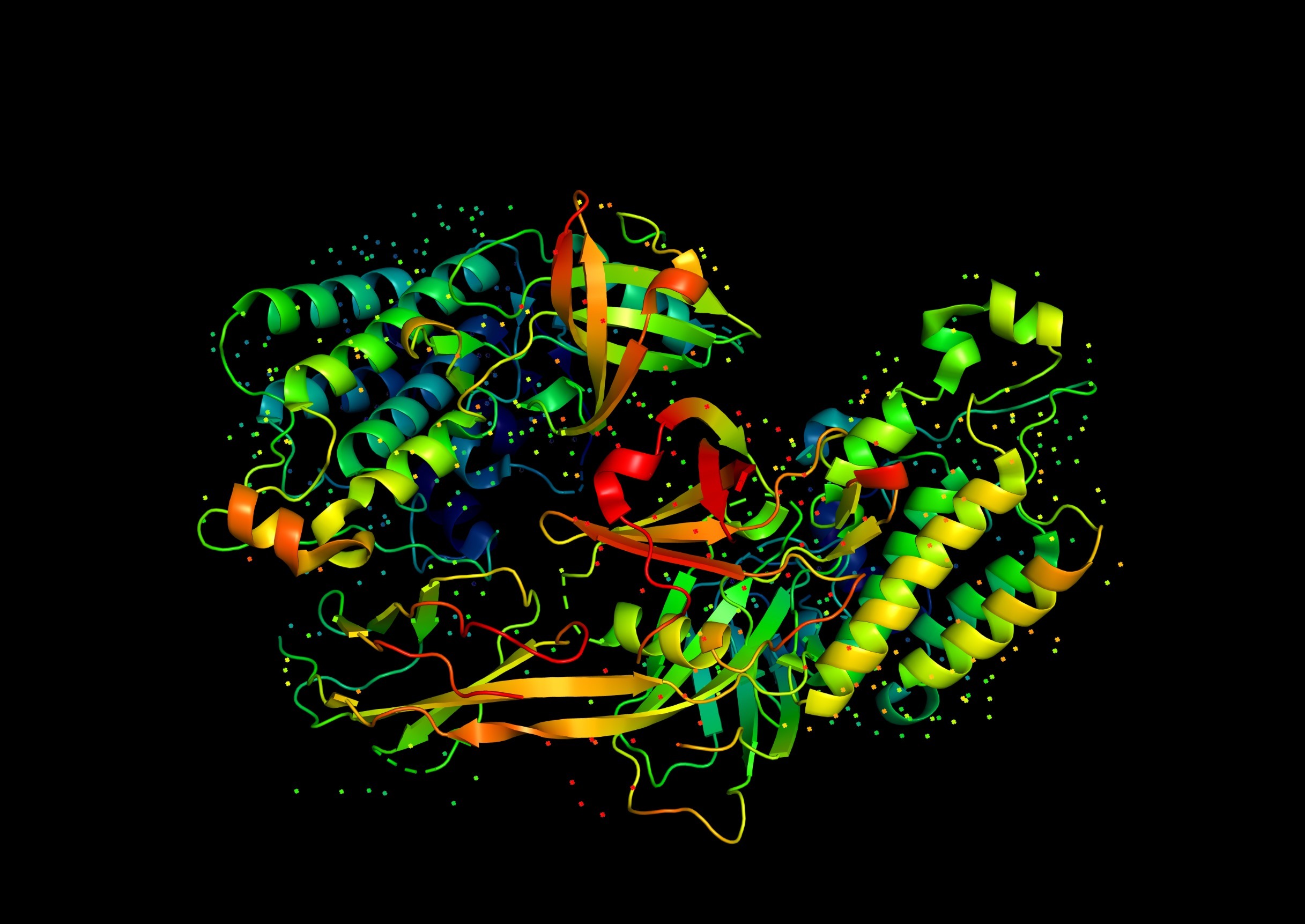Understanding the three-dimensional (3D) structure of proteins is crucial for deciphering their functions and developing targeted therapies for various diseases. Historically, predicting protein structures has been a formidable challenge in the field of bioinformatics. However, with the advent of artificial intelligence (AI) and deep learning, a groundbreaking development has emerged in the form of AlphaFold2, a revolutionary system that has significantly advanced our ability to accurately predict protein structures.
Background
Proteins are fundamental to the functioning of living organisms, with their activities determined by their intricate 3D shapes. Experimental techniques like X-ray crystallography and nuclear magnetic resonance (NMR) have been traditional methods for elucidating protein structures, but they are expensive, time-consuming, and not always feasible for all proteins. This has led to an increasing demand for computational methods to predict protein structures, and AlphaFold2 stands out as a game-changer in this arena.
AlphaFold2: An Overview
Developed by DeepMind, a subsidiary of Alphabet Inc., AlphaFold2 is an AI-driven system designed to predict protein structures with remarkable accuracy. Building upon the success of its predecessor, AlphaFold, the second iteration addresses and overcomes many of the challenges faced by traditional methods.
Deep Learning Architecture
AlphaFold2 employs a deep learning architecture, combining convolutional neural networks (CNNs) and attention mechanisms. The model is trained on a diverse dataset of protein structures to learn the intricate relationships between amino acid sequences and their resulting 3D structures. The incorporation of attention mechanisms allows the model to capture long-range dependencies within protein sequences, a key factor in improving prediction accuracy.
Training Process
The training process involves feeding the model a vast amount of protein sequence and structural data. The model learns to recognize patterns and correlations, enabling it to generalize its understanding to predict the 3D structure of proteins not encountered during training. AlphaFold2’s training methodology involves two main stages: pre-training on a large dataset and fine-tuning on a more specific dataset with experimental protein structures.
Remarkable Accuracy
One of the defining features of AlphaFold2 is its unprecedented accuracy in predicting protein structures. During the Critical Assessment of Structure Prediction (CASP14) competition, AlphaFold2 outperformed other methods by a significant margin, with predictions approaching the accuracy of experimental techniques. This breakthrough has far-reaching implications for biology and medicine, as accurate protein structure predictions open doors to understanding the molecular basis of diseases and designing targeted therapies.
Applications in Medicine
The ability to predict protein structures with high accuracy has profound implications for drug discovery and development. Understanding the 3D structure of target proteins allows for the rational design of drugs that specifically interact with these proteins, enhancing efficacy while minimizing side effects. AlphaFold2 has the potential to accelerate drug discovery pipelines, leading to the development of novel therapeutics for a wide range of diseases.
Advancements in Structural Biology
AlphaFold2 is not only a powerful tool for predicting individual protein structures but also contributes to advancing our understanding of the broader field of structural biology. By providing accurate predictions for a wide array of proteins, including those that were previously challenging to study experimentally, AlphaFold2 opens avenues for exploring the relationships between protein structures and functions on a larger scale.
Challenges and Future Directions
While AlphaFold2 represents a monumental leap forward, challenges remain. The model’s performance can be influenced by the availability and quality of training data, and further improvements are needed for certain types of proteins, such as membrane proteins. Additionally, efforts are ongoing to make AlphaFold2 more accessible to the broader scientific community, fostering collaboration and diverse applications.
AlphaFold2 stands as a testament to the transformative power of AI in the field of protein structure prediction. Its unparalleled accuracy has positioned it as a valuable tool for researchers and scientists, offering new possibilities in drug discovery, structural biology, and our overall understanding of the molecular basis of life. As efforts continue to refine and expand the capabilities of AlphaFold2, the impact on various scientific disciplines is poised to be profound, paving the way for a more comprehensive and detailed exploration of the protein universe.
Related Posts
-
Protein Refolding
Protein refolding refers to the process of restoring the three-dimensional shape of a protein that…
- White Lupin Protein Isolates
In this work the foaming ability of white lupin protein isolates was investigated in order…
- The Value of Entrez in Bioinformatics
Entrez is a powerful search and retrieval system provided by the National Center for Biotechnology…

Leave a Reply